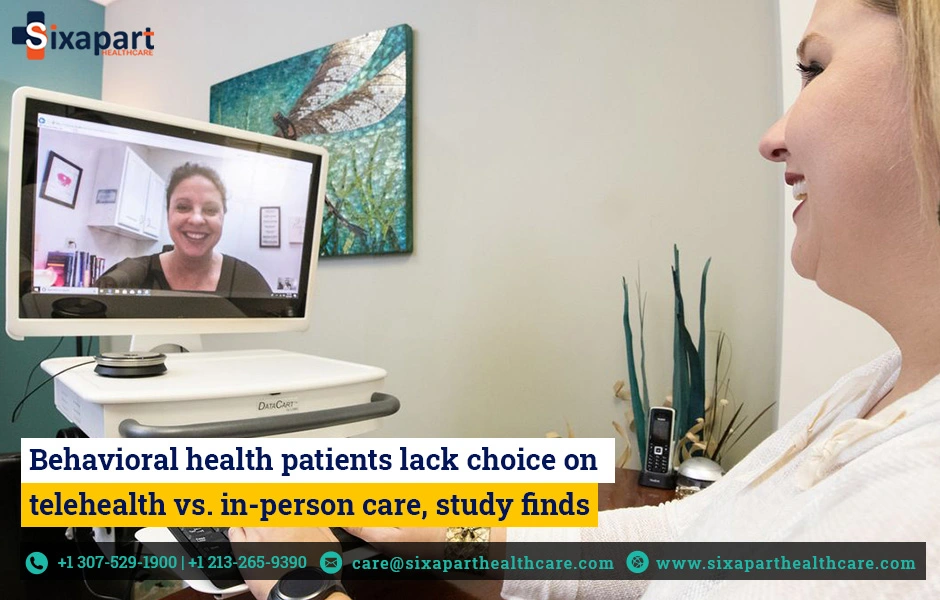Behavioral health patients lack choice on telehealth vs. in-person care, study finds
The study from nonprofit Rand comes after telehealth use skyrocketed during the COVID-19 pandemic.
Article By: Brian T. Horowitz
Blog Source From : https://www.healthcaredive.com/

Dive Brief:
- Approximately one-third of behavioral health patients seeking therapy or medication visits said their clinicians did not offer both telehealth and in-person care, according to a study from nonprofit research organization Rand.
- The study, published on Tuesday in Health Affairs, revealed that 45% of behavioral health patients did not believe their clinicians considered their preferences for virtual or in-person care. In addition, 32% of respondents said they did not receive their preferred method of treatment.
- Despite the lack of choice offered by providers, many patients undergoing behavioral health therapy preferred in-person visits due to the personal nature of the treatment, the ability to build a rapport with providers, and fears around data security and privacy, the report found.
Dive Insight:
The COVID-19 pandemic expanded access to telehealth, including coverage of audio-only telehealth visits. It also led to an increase in mental health treatment altogether, Rand researchers found in a January study published in JAMA Health Forum.
Telehealth use has remained at 10 times pre-pandemic levels, Rand researchers wrote last month, with additional studies finding that patients’ preference for behavioral telehealth has continued into this year.
However, the new Rand study found many behavioral health patients want the choice to pursue in-person visits.
Eighty percent of people undergoing individual therapy had telehealth visits in the prior year compared with 42% who reported in-person visits. Meanwhile, those attending visits to get medication were about even in their use of in-person and virtual care, with 54% receiving telehealth visits compared with 58% seeking in-person visits.
“These findings suggest that patients’ modality preferences need to be a greater consideration in both clinical discussions and policy decisions,” Jessica Sousa, lead author of the study and a senior policy analyst at RAND, said in a statement. “Expanding telehealth increases access to care, but telehealth alone might not be sufficient. Ideally, patients should have access to some amount of in-person care, given that many prefer it or may need it.”
Some states have begun stressing in-person visits alongside telehealth care. For example, California’s Medicaid program will require clinicians who offer telehealth services in 2024 to either offer in-person care, or facilitate a referral to a different in-person provider. Pennsylvania released guidance last year stating that telehealth providers must allow Medicaid beneficiaries to continue in-person treatment if desired, according to the study.

